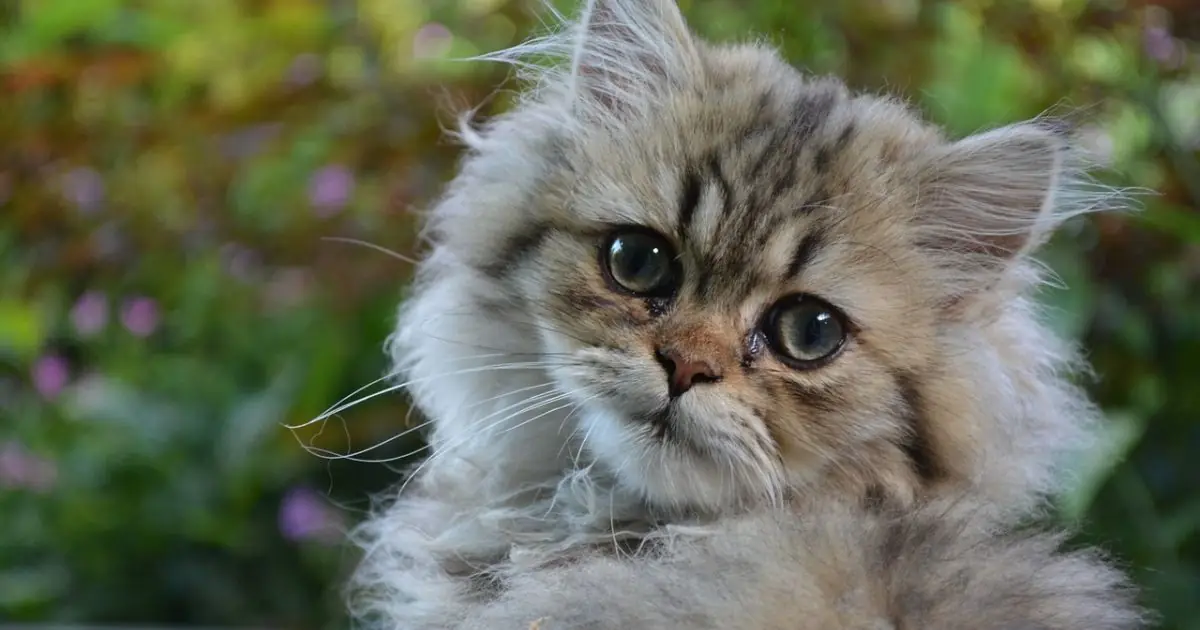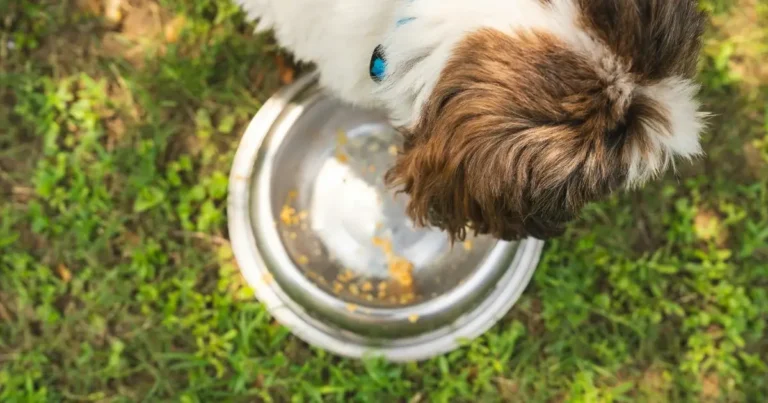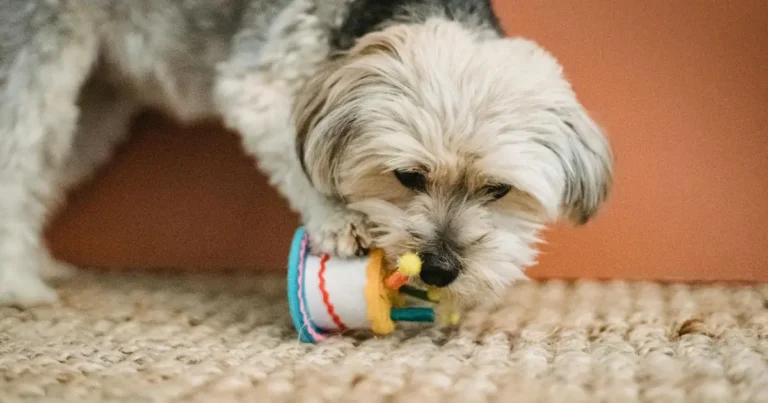Welcome to Loki & Nala Family

Table of Contents
As a cat owner, knowing about health threats is key. The kitten killer virus, also known as feline panleukopenia or feline distemper, is a big concern. It’s highly contagious and can be deadly, especially for kittens.
This virus spreads quickly from cat to cat. It’s hazardous for kittens because their immune systems are still growing. If you ignore the signs, it could be very harmful to your pet.
In this guide, we’ll explore the kitten-killer virus in detail. We’ll cover its dangers and how to protect your cat. You’ll learn how to spot early signs and keep your cat safe and healthy. If you’re interested in learning more about early development, check out our article When Do Puppies Open Their Eyes? for insights on puppy milestones.
Understanding the Kitten Killer Virus: What Every Pet Parent Needs to Know
The “kitten killer virus,” also known as feline panleukopenia, is a deadly illness for cats, especially kittens. It attacks the cat’s immune system and gut, leading to severe symptoms. These symptoms can be life-threatening if not addressed promptly. Can be deadly if not treated quickly.
This virus is tricky to get rid of. It can live for a long time, even in harsh conditions. This makes it essential to catch it early and prevent it to keep your cat safe.
Knowing the signs of the kitten killer virus is vital. Early action can help your cat recover. By learning about this virus, you can protect your cat’s health.
Key Facts about the Kitten Killer Virus
- Classification as a parvovirus
- Highly contagious and potentially fatal
- Targets the feline immune system and gastrointestinal tract
- Resilient in the environment, can survive for extended periods
- Early detection and prevention are crucial for successful treatment
Knowing about the kitten killer virus is key for pet parents. By understanding this virus, you can protect your cats. This ensures their health and happiness for years to come.
Early Warning Signs and Symptoms to Watch For
Pet owners need to know the early signs of the kitten-killer virus. This disease spreads quickly and needs fast vet care. Look out for these common kitten-killer virus symptoms :
- Lethargy and fatigue
- Loss of appetite
- Vomiting and Diarrhea
- Fever and dehydration
- Abdominal Pain and discomfort
Symptoms can show up fast, in 3-7 days after exposure. The illness’s severity depends on the cat’s age, health, and immune system. Kittens and adult felines face a higher risk and may experience more severe health issues.
| Symptom | Description |
| Lethargy and Fatigue | Cats may become unusually sleepy, reluctant to move, and uninterested in their usual activities. |
| Loss of Appetite | Affected cats may refuse to eat or drink, leading to rapid weight loss and dehydration. |
| Vomiting and Diarrhea | The virus can cause severe gastrointestinal distress, leading to frequent vomiting and diarrhea. |
| Fever and Dehydration | Cats may develop a high fever and become severely dehydrated as a result of the illness. |
| Abdominal Pain | The virus can cause inflammation and discomfort in the cat’s abdomen, leading to signs of distress. |
If you see any of these kitten-killer virus symptoms in your cat, get vet help right away. Quick action can help your cat recover better.
How the Virus Spreads: Transmission and Risk Factors

It’s essential to know how the kitten killer virus spreads to keep your cats safe. This virus is very contagious and can affect unvaccinated cats and kittens. We’ll look at how it spreads and what makes some cats more at risk.
Feline panleukopenia spreads mainly through direct contact with sick cats. Cats can get it by touching infected animals’ bodily fluids like saliva or feces. It can also live on surfaces and objects, spreading through touch.
Kittens and cats without vaccines are very vulnerable to this virus. They don’t have the antibodies to fight it off. Cats in crowded homes or shelters are also at high risk. Stress and poor cleanliness can weaken a cat’s immune system, making them even more susceptible.
| Transmission Modes | Risk Factors |
| Direct contact with infected cats Exposure to contaminated environments Transmission through fomites | Unvaccinated kittens and cats Multi-cat households or shelters Compromised immune system due to stress or poor sanitation |
Knowing how the kitten killer virus spreads and who’s at risk helps protect your cats. By taking steps to prevent it, you can keep your feline friends safe from this deadly disease.
Prevention Strategies and Vaccination Guidelines
Keeping your cat safe from the kitten-killer virus is crucial. Vaccination is the best way to fight this contagious disease. Vets say following a complete vaccination schedule is key for your cat’s health.
Kittens need their first vaccine at 6-8 weeks old. They then get boosters every 3-4 weeks until they’re 16 weeks old. This helps them stay safe from the virus for life. Adult cats need yearly shots to keep their immunity strong.
Today’s feline panleukopenia vaccines work very well, with over 95% success. These vaccines not only stop the virus but also make symptoms less severe if a vaccinated cat gets sick.
| Vaccination Schedule | Kitten Killer Virus Prevention | Feline Panleucopenia Vaccine |
| 6-8 weeks | First dose | Recommended |
| 11-12 weeks | Second dose | Recommended |
| 15-16 weeks | Third dose | Recommended |
| Annual | Booster shot | Recommended |
By following the vaccination schedule, you can keep your cat safe from the kitten-killer virus. This ensures their health and happiness for years to come.
Diagnosis and Testing Methods for Kitten Killer Virus
Diagnosing the kitten killer virus is key to treating your cat. It involves a physical exam, blood tests, and fecal antigen tests.
Your vet will look for symptoms like fever and vomiting. They’ll also check for dehydration and Pain. This helps them understand your cat’s illness better.
To confirm the diagnosis, your vet might suggest one or more tests:
- Blood tests: These detect antibodies or viral proteins. They give a precise diagnosis.
- Fecal antigen tests: These find the virus in your cat’s stool. They’re helpful in the early stages.
The test accuracy can vary based on the infection stage. False negatives can happen, especially early on. If tests are negative but your vet suspects the virus, they might repeat them or use more advanced methods.
| Test | Description | Accuracy |
| Blood Tests | Detect antibodies or viral proteins associated with the kitten killer virus | Highly accurate, but may not detect infection in early stages |
| Fecal Antigen Tests | Identify the presence of the virus in the cat’s stool | Moderately accurate, but may miss infections in early stages |
Early and accurate diagnosis is vital for treating the kitten killer virus. Working with your vet ensures your cat gets the proper care to fight this severe illness.
Treatment Options and Supportive Care Measures

The kitten killer virus needs early action and care. There’s no cure, but treatments and care can help. They can manage symptoms and boost recovery chances.
Fluid therapy is key in kitten killer virus treatment. Cats get IV fluids to avoid dehydration and keep electrolytes balanced. They also get meds for nausea, fever, and infections.
Nutritional support is also vital in feline panleukopenia care. Cats often lose their appetite. So, vets suggest easy-to-digest, nutrient-rich foods to help them recover.
Intensive nursing care is also essential for cats with the kitten-killer virus. This includes watching their vital signs, keeping them calm, and maintaining hygiene. It helps prevent more problems.
Acting fast and getting treatment early is crucial. If you think your cat has been exposed, see a vet right away. This ensures your cat gets the proper care and treatment.
Recovery Process and Long-term Health Implications
Recovering from the kitten-killer virus is a tough but rewarding journey. It requires careful monitoring, supportive care, and addressing long-term health issues.
If your cat survives the initial infection, the road to recovery is slow but rewarding. It’s essential to work closely with your vet. They will ensure your cat gets the right medication, nutrition, and care for a full recovery. This may include managing any ongoing gastrointestinal issues or immune problems.
Regular checkups and follow-up appointments are key to monitoring your cat’s progress. Some cats may face chronic digestive problems like Diarrhea or malabsorption. These issues need special diets and ongoing management. The virus can also weaken the immune system, making your cat more susceptible to future infections or health issues.
With patience, dedication, and your vet’s guidance, your cat can overcome the kitten-killer virus. By providing the proper care and attention, you can help your cat have a brighter, healthier future.
| Aspect | Description |
| Gastrointestinal Issues | Cats may experience chronic diarrhea, malabsorption, or other digestive problems that require specialized diets and ongoing management. |
| Immune System Compromise | The kitten killer virus can weaken the cat’s immune system, increasing the risk of future infections or health complications. |
| Importance of Follow-up Care | Regular veterinary checkups and monitoring are crucial to ensure a full recovery and address any long-term health implications. |
Understanding the recovery process and long-term health implications of the kitten killer virus helps pet owners support their cats. It ensures a full recovery and maintains their overall well-being.
Creating a Safe Environment: Disinfection and Prevention Tips
As a responsible pet owner, it’s key to keep your feline friends safe. This means stopping the spread of the kitten-killer virus and other cat-to-cat diseases. Let’s look at ways to clean and protect your home so your cats can stay healthy and happy.
Cleaning and disinfecting regularly are vital for stopping viruses. Use a pet-safe disinfectant to wipe down surfaces, toys, and where your cats eat. Also, wash your cat’s bedding, scratching posts, and other items often to get rid of any virus traces.
- Invest in a high-quality pet disinfectant that is effective against feline viruses.
- Meticulously clean litter boxes and replace litter regularly to prevent the spread of the virus through fecal matter.
- Implement a strict quarantine protocol for any new or sick cats introduced to your household, keeping them isolated until a veterinarian clears them.
In homes with many cats, keeping things clean is even more critical. Don’t share food and water bowls, litter boxes, or other items. This helps stop the kitten-killer virus and other diseases from spreading.
| Disinfection Tip | Benefit |
| Use a pet-safe disinfectant solution | Effectively eliminates the kitten killer virus and other pathogens |
| Regularly clean and replace litter | Prevents the spread of the virus through fecal matter |
| Separate items between cats | Reduces the risk of cat-to-cat diseases transmission |
By following these kitten killer virus prevention and cat-to-cat disease prevention tips, you can make a safe space for your cats. Being proactive and careful is the best way to keep your cats healthy.
Conclusion
The kitten killer virus, also known as feline panleukopenia, is a serious threat to our cats’ health. It’s highly contagious and can be deadly. Every pet owner needs to be careful and take action to protect their cats.
To keep your cats safe, it’s essential to know about the virus and how it spreads. Make sure they get the proper vaccinations to fight off the disease. Staying educated and implementing proactive measures can significantly reduce the likelihood of your cats falling ill.
It’s vital to catch the virus early and treat it quickly. Regular vet visits and watching for any unusual signs are key. By following these tips, you can ensure your cat maintains good health. and avoid the harm this virus can cause. Let’s all work together to keep our cats safe and healthy.









